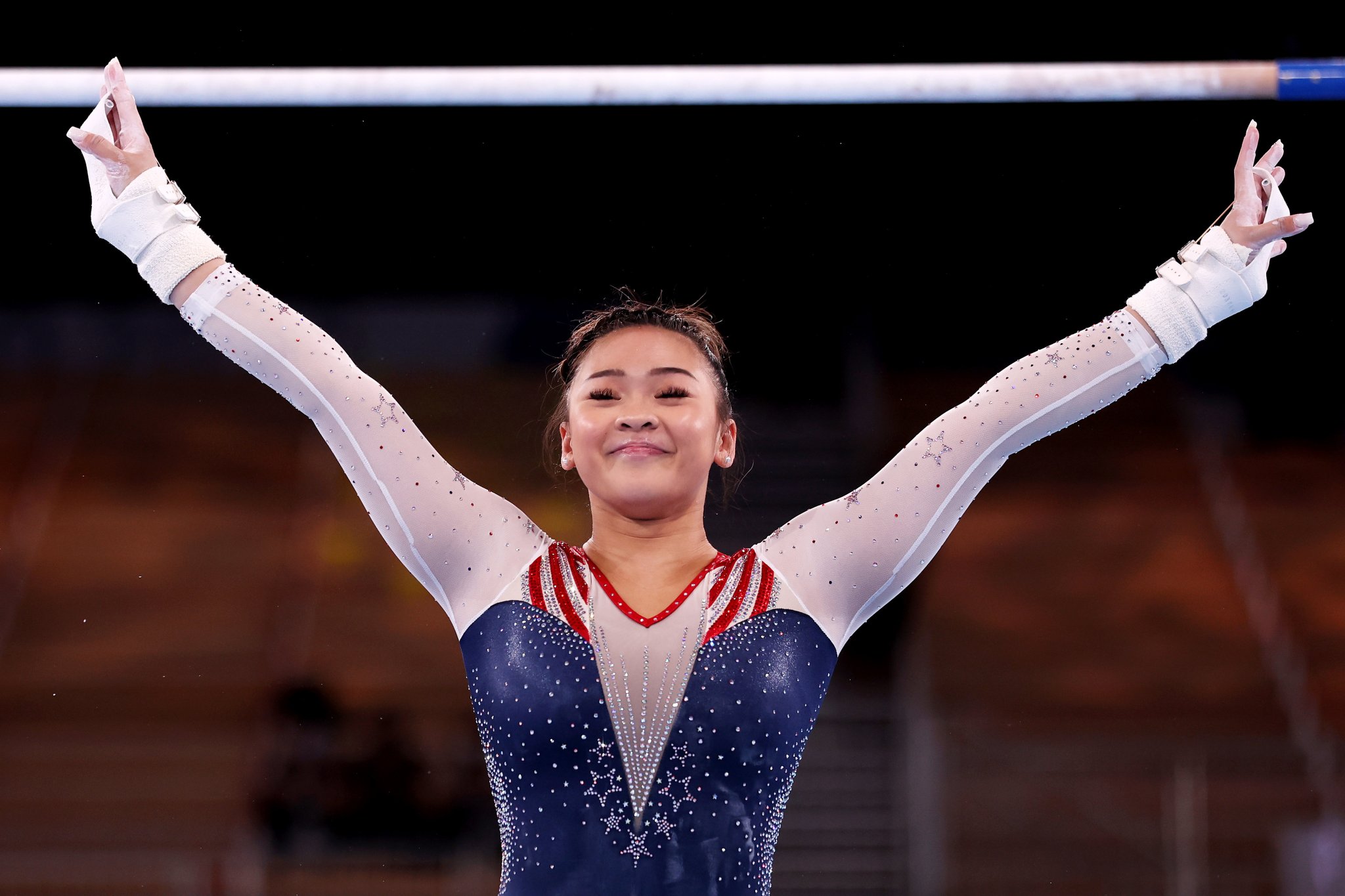

Sunisa “Suni” Lee, 21, won a gold and two bronze medals during the 2024 Tokyo Olympics, her second time medaling in gymnastics after taking the Olympic all-around gold in 2020.
In both games and over the course of her career, the loudest cheers for Lee’s success have come from St. Paul, Minnesota, where Lee grew up in the city’s Hmong community. Lee is a first-generation Hmong American, the daughter of Hmong refugees John Lee and Yee Thoj. Like many Hmong families in St. Paul and a handful of other close-knit communities, her parents arrived in the U.S. as part of a little-remembered Vietnam War evacuation of Hmong soldiers and their families who had fought alongside U.S. troops in the “Secret War” in Laos.
Nearly all Hmong communities in the U.S. today trace their roots to the conflict.
The Secret War and Hmong soliders
From 1963 to 1975, the CIA and U.S. military recruited Hmong soldiers for their military skills and knowledge of the terrain in Laos. Former CIA Director William Colby credited Hmong allies with saving thousands of U.S. soldiers by blocking the North Vietnamese from extending the Ho Chi Minh Trail into Laos. However, they were not fully acknowledged for their role in the war until the early 1980s.
“For 10 years, [Royal Lao Army Gen.] Vang Pao’s soldiers held the growing North Vietnamese forces to approximately the same battle lines they held in 1962,” Colby said in during the speech. “And significantly for Americans, the 70,000 North Vietnamese engaged in Laos were not available to add to the forces fighting Americans and South Vietnamese in South Vietnam.”
Subscribe to Task & Purpose today. Get the latest military news and culture in your inbox daily.
In 1975, many Hmong-Lao allies fled to Thailand as refugees, escaping the persecution and retaliation of the Lao communist government. But it wasn’t until late 1975 that some of the high-ranking Hmong allies were granted refugee status in the U.S. Still, thousands remained in Thailand refugee camps where horrible conditions existed.
Starting in 2004, thousands of Hmong refugees were granted asylum status in the U.S. through the efforts of religious and non-profit groups. Today, 368,609 Hmong Americans reside in the U.S. Sunisa Lee’s success in the Olympics is a strong representation of the Hmong people and their ability to not only adapt to Western culture but also represent America on the world stage.

An Olympic role model
Bo Thao-Urabe, the founder and former executive director of the Coalition of Asian American Leaders, was interviewed by PBS NewsHour on Jul 29, 2021, about Lee’s impact on the Hmong community following her gold medal during the 2020 Olympics.
“I think her father has told the stories of how much they have worked to support her and really to believe in our dreams, even building the beams for her out of what they had at home because they couldn’t afford to buy it,” Thao-Urabe said. “It’s really an American story, and we couldn’t have really could not be prouder of Suni and her parents.”
Thao-Urabe talked about Lee’s public statements about the Hmong community being unseen in America. She described the Hmong culture as being an oral one where stories about their people are passed from person to person rather than writing it down.
“I am so grateful for Sunni really embracing all of who she is and to always say that she is Hmong and that she carries that with her. That is, I think, what makes her so special because sometimes our young people don’t always understand and don’t know that story,” Thao-Urabe said. “But I see her, and she is proud to say she is Hmong-American, and she carries that story of her parents and her ancestors, and that has given everybody so much inspiration and support.”
The latest on Task & Purpose
- Marine recruit arrives at boot camp with glorious mop top
- Navy sinks USS Tarawa in latest Pacific SINKEX
- A USS Eisenhower pilot became the first American woman to score air-to-air kill
- Special Forces Assessment and Selection: Everything You Need To Know
- NORAD sent 3 different fighters to intercept Russian and Chinese bombers
